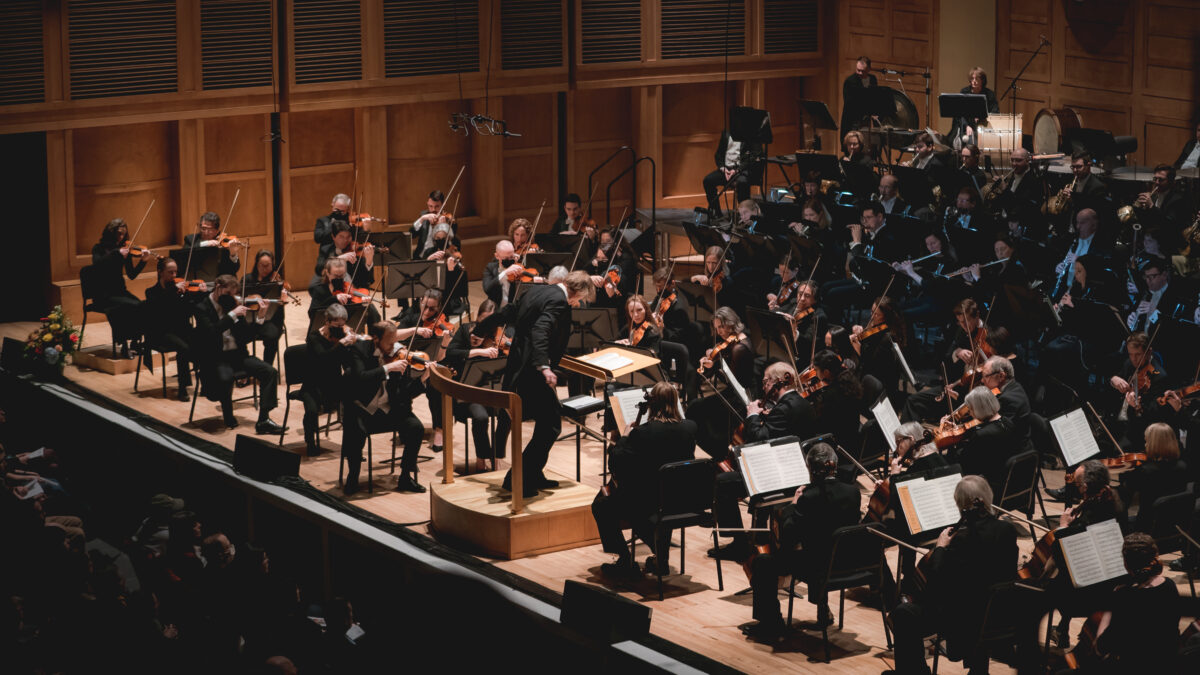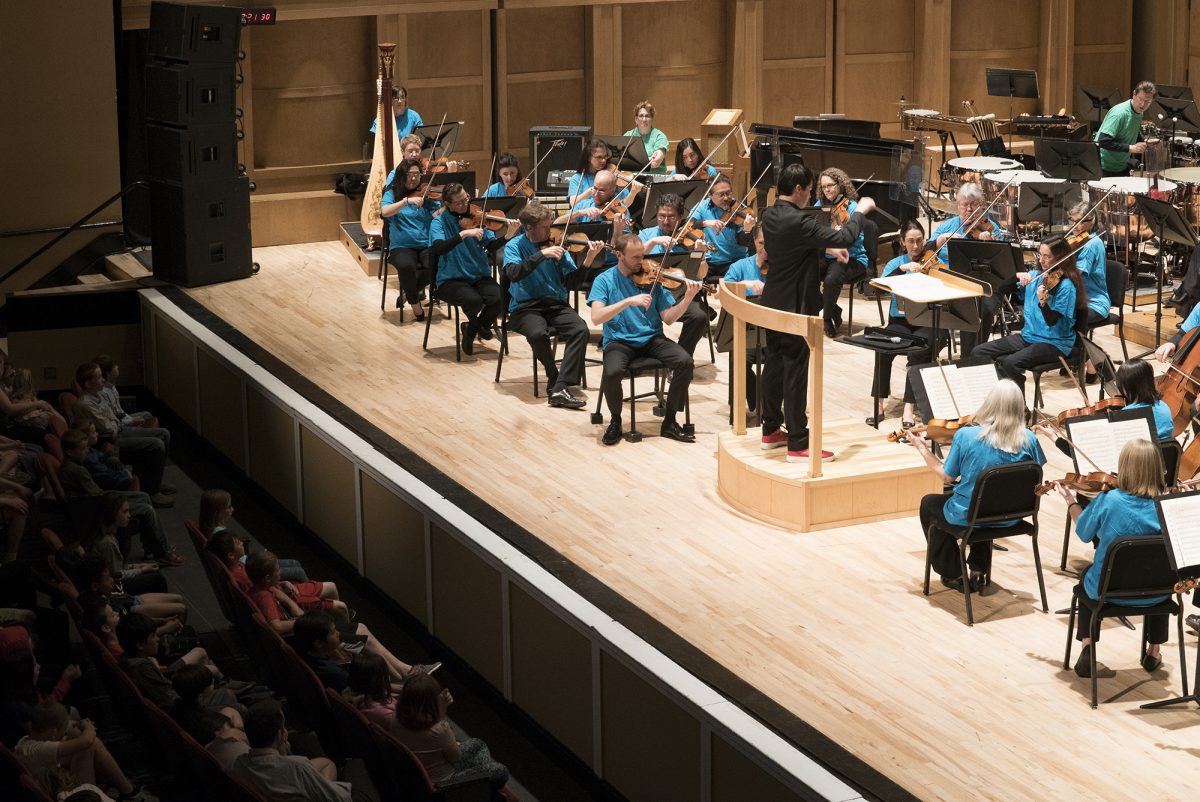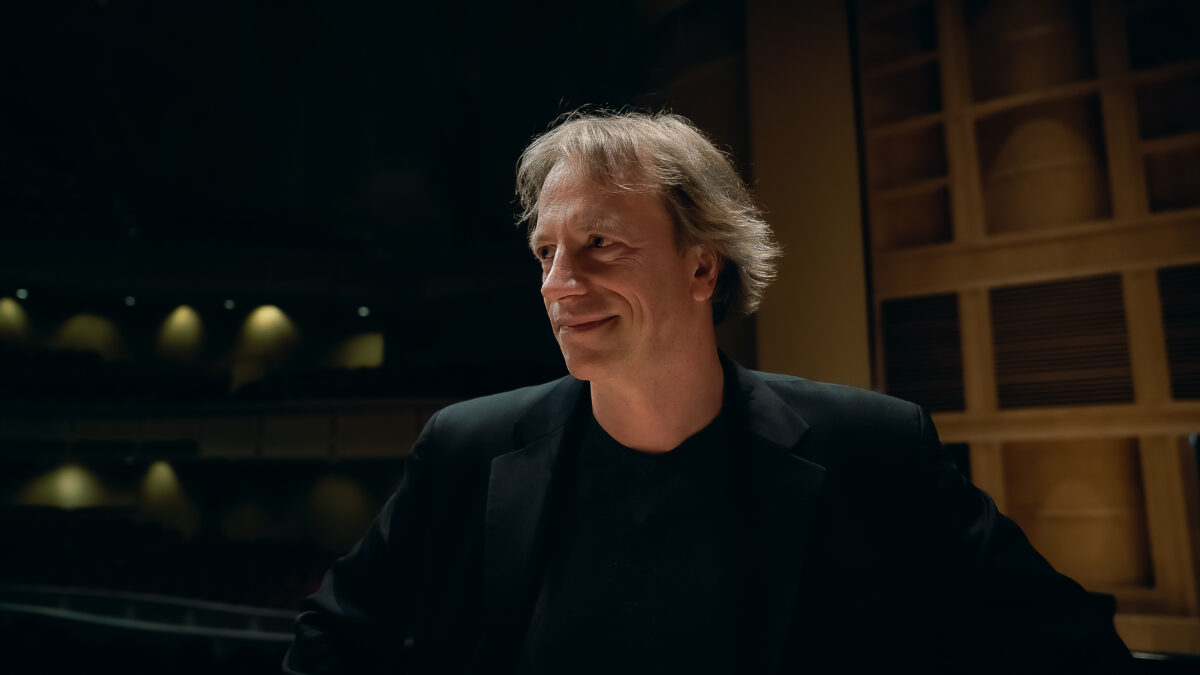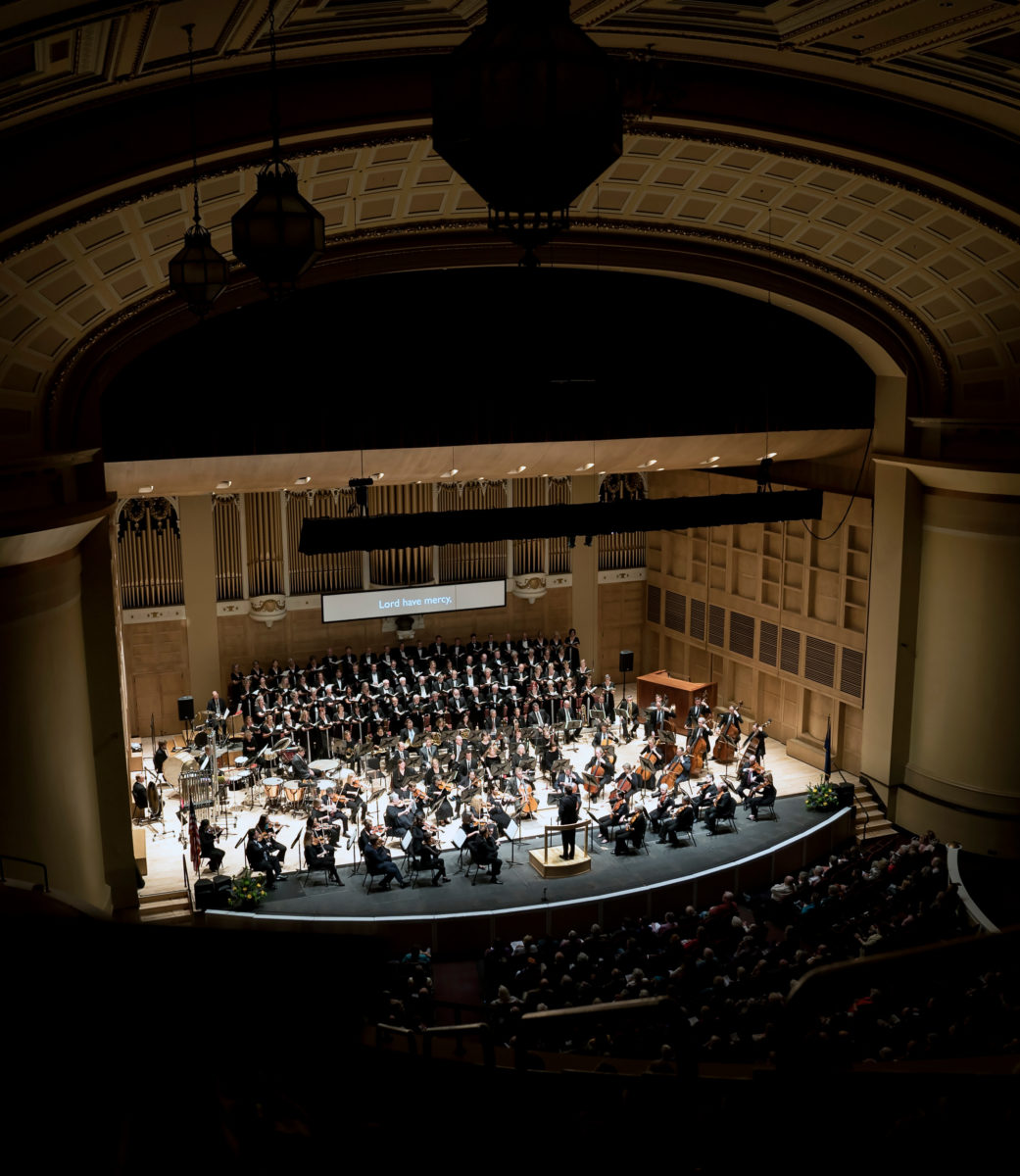Scheherazade Program Notes
Peter Ilyich Tchaikovsky
Romeo and Juliet, Overture-Fantasy after Shakespeare
Peter Ilyich Tchaikovsky was born in Votkinsk, Russia in 1840 and died in St. Petersburg in 1893. He composed Romeo and Juliet in 1869, revised the score extensively in 1870 and reworked the ending in 1880. The first performance took place in Moscow in 1870 with Nicolai Rubinstein conducting the Imperial Music Society. The score calls for 3 flutes, piccolo, 3 oboes, English horn, 2 clarinets, 2 bassoons, 4 horns, 2 trumpets, 3 trombones, tuba, timpani, percussion, harp, and strings.
*****
The idea for this work didn’t come from Tchaikovsky—he was essentially badgered into writing it by fellow composer Mily Balakirev, who apparently took as strong an interest in other men’s music as in his own. Balakirev even sent four bars of an Allegro he thought should begin the work, along with a recommendation on what key schemes Tchaikovsky should follow!
Tchaikovsky was ripe for the idea. Balakirev probably didn’t know that Tchaikovsky had just endured a failed romance with the Belgian soprano Désirée Artôt, apparently the only woman to ever interest him sexually. Eventually Artôt married another man, leaving Tchaikovsky both bitterly disappointed and even more conflicted about his homosexuality.
This emotional upheaval brought forth one of Tchaikovsky’s most inspired works. It does not tell the tale of Shakespeare’s play; rather, it uses sonata form to outline the play’s great themes of conflict and hopeless love. The work opens with a chorale meant to portray Friar Lawrence in his cell. The Allegro—not Balakirev’s, by the way—begins with the feuding of the Montagues and Capulets, then yields to a second subject that is the love music of Romeo and Juliet. These themes are worked out in the development, and the coda is the funeral music of the two lovers, reunited in death with some of the most stirring music ever written.
The irony of this work is almost beyond belief: here was a man who had come as close as he ever would to marrying a woman for love, having his hopes dashed and seeing that he must come to terms with his homosexuality, yet producing what is arguably the most sublime love music ever composed. Yes, there was inspiration aplenty, but inspiration—even on that scale—will not carry a work of music. Tchaikovsky’s use of form, his dramatic pacing and, above all, his extraordinary themes all combine with near-perfection in the composer’s first masterpiece.
*****
Nicolai Rimsky-Korsakov
Scheherazade, Op. 35
Nicolai Rimsky-Korsakov was born in Tikhvin, Russia in 1844 and died in Lyubensk in 1908. He composed Scheherazade in 1888, and it was first performed the following year in St. Petersburg. The score calls for 3 flutes, piccolo, 2 oboes, English horn, 2 clarinets, 2 bassoons, 4 horns, 2 trumpets, 3 trombones, tuba, timpani, percussion, harp, and strings.
*****
The stories of the Arabian Nights were more than a thousand years old by the time Rimsky set down this work, yet the adventurous tales of Sinbad the Sailor, Ali Baba, and Aladdin held a popularity that continues to this day. According to the legend, the Sultan Schahriar is convinced of the faithlessness of women, and swears to kill every one of his wives the next day. But the Sultana Scheherazade comes to him and tells him these tales for a thousand and one nights; the Sultan, ever curious to hear more, puts off her death night after night, and eventually abandons his murderous plan.
The music of Scheherazade has two principal themes. The first is heard at the very beginning, in the bombastic, stentorian notes that no doubt represent the vengeful Sultan himself. The second theme arrives in short order. It is spoken softly by the solo violin, and represents the wily, sinuous voice of Scheherazade. Most of the other themes heard in the piece are in some way derived from these two. This gives them a surprising familiarity, and helps to bind the work together.
The two themes recur throughout Scheherazade, but their meanings change according to the context of the moment. The “Sultan’s theme,” for example, may be found scattered all over the work, clearly not always representing the Sultan. (Its return at the end of the piece, this time in a major key, may represent the Sultan finally appeased.)
Similarly, the “Scheherazade theme” is always her voice when played by the solo violin, but it, too, is used to represent many other things along the way, according to the mood.
Although Rimsky gives descriptive titles for the four sections of his work, this isn’t really program music as such: it gives the flavor of the many stories without creating a true narrative of any one of them. Rimsky wondered if people would hear that in the music: “I meant these hints to direct but slightly the listener’s fancy on the same path that my own fancy traveled. All I desired was that the listener, if he liked my piece as symphonic music, should carry away the impression that it is beyond doubt an oriental narrative of some numerous and varied fairy-tale wonders, and not merely four pieces played one after the other and composed on the basis of themes common to all four movements.” He needn’t have worried: the sensuous voice of Sultana Scheherazade is irresistible.
—Mark Rohr
Questions or comments?
markrohrprogramnotes@gmail.com










